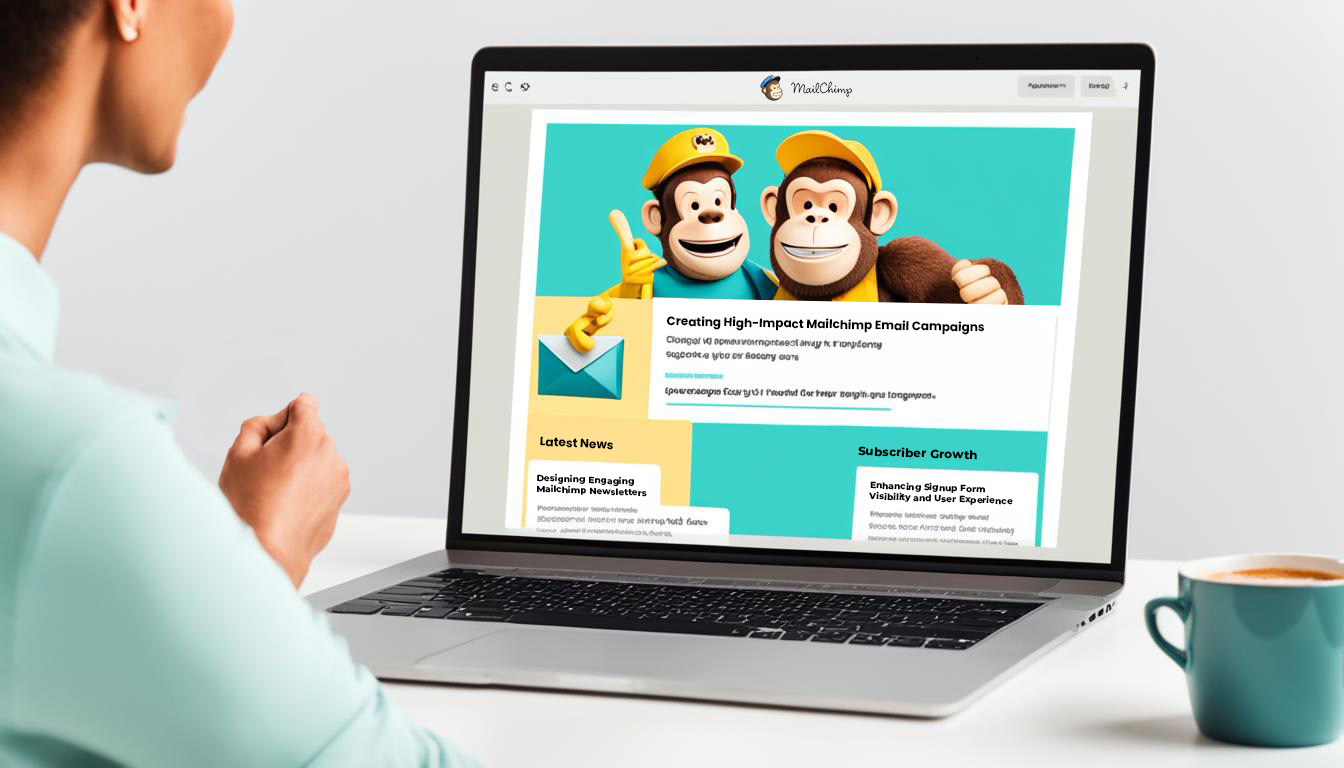Introduction: Why Web Design Matters
In today’s digital age, having a website isn’t just an option – it’s a necessity. Your website is the face of your small business and the technical foundation that facilitates interaction with customers online. It’s also a marketing powerhouse – if properly built and maintained, a website can boost your business’s online visibility, help you reach more customers, and ultimately drive your sales.
Website Design Best Practices For Small Business
Contrary to popular belief, creating a successful website isn’t all about choosing the prettiest fonts or flashiest graphics. It’s about creating a seamless and engaging user experience that showcases what your small business is all about. Putting “Website Design for Small Business” to work requires a balanced and thoughtful approach.
User-Friendly Navigation
Well-thought-out navigation can guide your visitors to your most important content, making it a breeze for them to find exactly what they’re looking for.
Responsive Design
Ensure your website design is adaptive to all devices – desktop, tablet, or mobile. This means optimizing the layout, images, and interaction points to provide an optimal user experience regardless of the screen size or device.
Loading Speed
Loading time is the first impression users have of your website. If the speed is slow, you risk losing visitors. Make sure your small business website is fast and responsive.
The Power of WordPress For Small Businesses
WordPress, an open-source content management system, offers small businesses a robust and versatile platform to build their website. It allows you to easily create and manage web pages, blogs, e-commerce stores, and more. Its extensive range of customizable themes and plugins makes it easy for you to design a website that matches your brand’s personality.
Ease Of Use
WordPress is user-friendly and doesn’t require expert knowledge of coding or web development. This makes it the perfect tool for small business owners who want to have hands-on control over their website.
Flexibility And Scalability
From adding new pages to integrating e-commerce features, WordPress allows your website to grow alongside your business.
Crafting A Website That Engages And Converts
Good design isn’t just about making your website look pretty. It’s about creating a user experience that converts casual visitors into loyal customers.
Clear and Compelling Call-To-Actions
CTAs direct users on what to do next. Whether that’s signing up for a newsletter, viewing a product, or making a purchase, make sure your CTAs are clear and compelling.
Customer Reviews and Testimonials
Word-of-mouth still holds sway in the online world. Incorporate customer reviews and testimonials to build credibility and help potential customers make informed decisions.
Website Design Best Practices for Small Business: SEO Essentials
“Build it, and they will come” – this famous movie quote doesn’t quite hold in the virtual world. You need to optimize your small business website to show up in relevant search results.
Appropriate Use Of Keywords
Having relevant keywords on your webpage is key to improving your search engine ranking. Ensure you perform keyword analysis to identify what your customers are searching for and incorporate them into your content.
Optimized Meta-Descriptions And Titles
Creating engaging and keyword-rich meta descriptions and titles can significantly improve your site’s click-through rate from search engine result pages.
Investing in a Mobile-Friendly Website Design
In today’s fast-paced world, customers expect to access content anytime, anywhere. Therefore, offering a fully-functional mobile-friendly website is a must.
Easy Navigation
On a mobile device, your website needs to be smooth and easy to navigate, with touch-friendly menus and readable fonts.
Fast Page Load Times
Speed is crucial, especially when visitors are on-the-go. Ensure your mobile website loads quickly to keep visitors from bouncing off your site.
Effective Use Of Visual Elements In Website Design
Visual content does more than just making your website look good. It also impacts how users interpret your website information, influencing their decisions and actions.
Appropriate Use Of Images And Videos
High-quality images and videos bring your services or products to life, and can greatly enhance user engagement.
Consistent Branding
Your logo, color schemes, and visual aesthetics should be consistent throughout to convey a sense of trust and professionalism.
Conclusion: Next Steps For Your Small Business Website
Website design best practices for small businesses are ever-evolving. Stay up-to-date with the latest trends and continuously analyze and improve your website based on user behavior and feedback.
FAQS
- Why is website design important for small businesses? Website design is crucial for small businesses. It not only helps boost online visibility but also significantly impacts user experience, which can influence your customer’s purchase decision.
- What is responsive design? Responsive design is a website design approach that makes your website look good on all devices, be it a desktop, a tablet, or a mobile phone.
- Why is WordPress recommended for small business websites? WordPress is user-friendly, versatile, and comes with tons of customizable themes and plugins. This makes it a powerful tool for small business owners wanting to create and manage their own website.
- How can SEO benefit my small business website? SEO can significantly improve your website’s visibility on search engines. This can drive more organic traffic to your site, and thus increase the chances of converting visitors into customers.
- Why is a mobile-friendly website crucial for my business? With the majority of the global population accessing the internet from mobile devices, a mobile-friendly website helps you reach a wider audience, and provide a better user experience for those browsing your site on their phones.
- How can visual elements enhance my website? Visual elements such as images, infographics, and videos can make your content more engaging, helping retain visitors on your site longer and encourage them to take desired actions.



